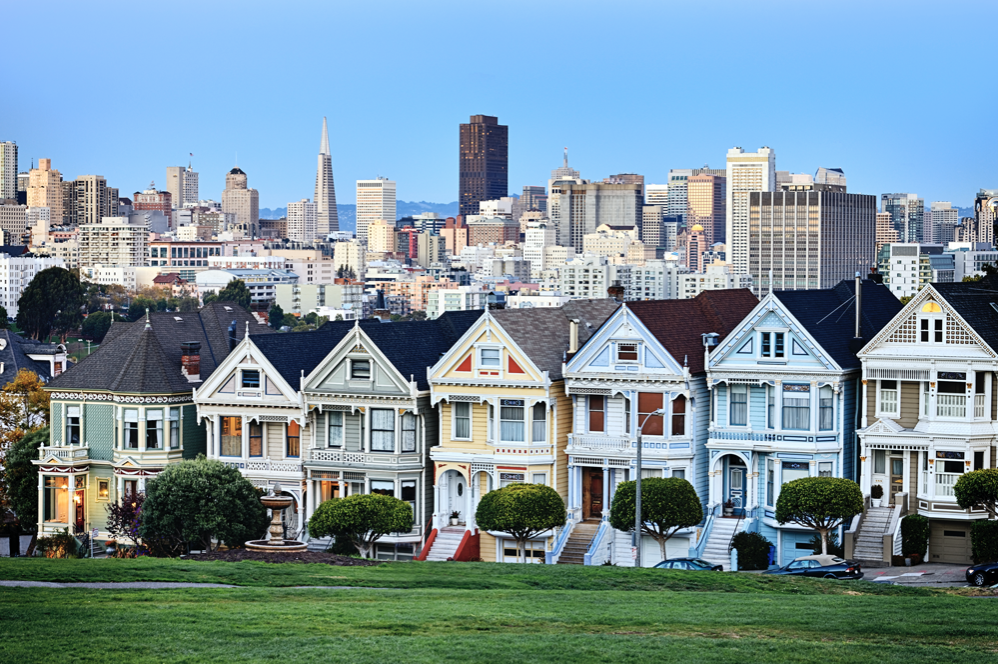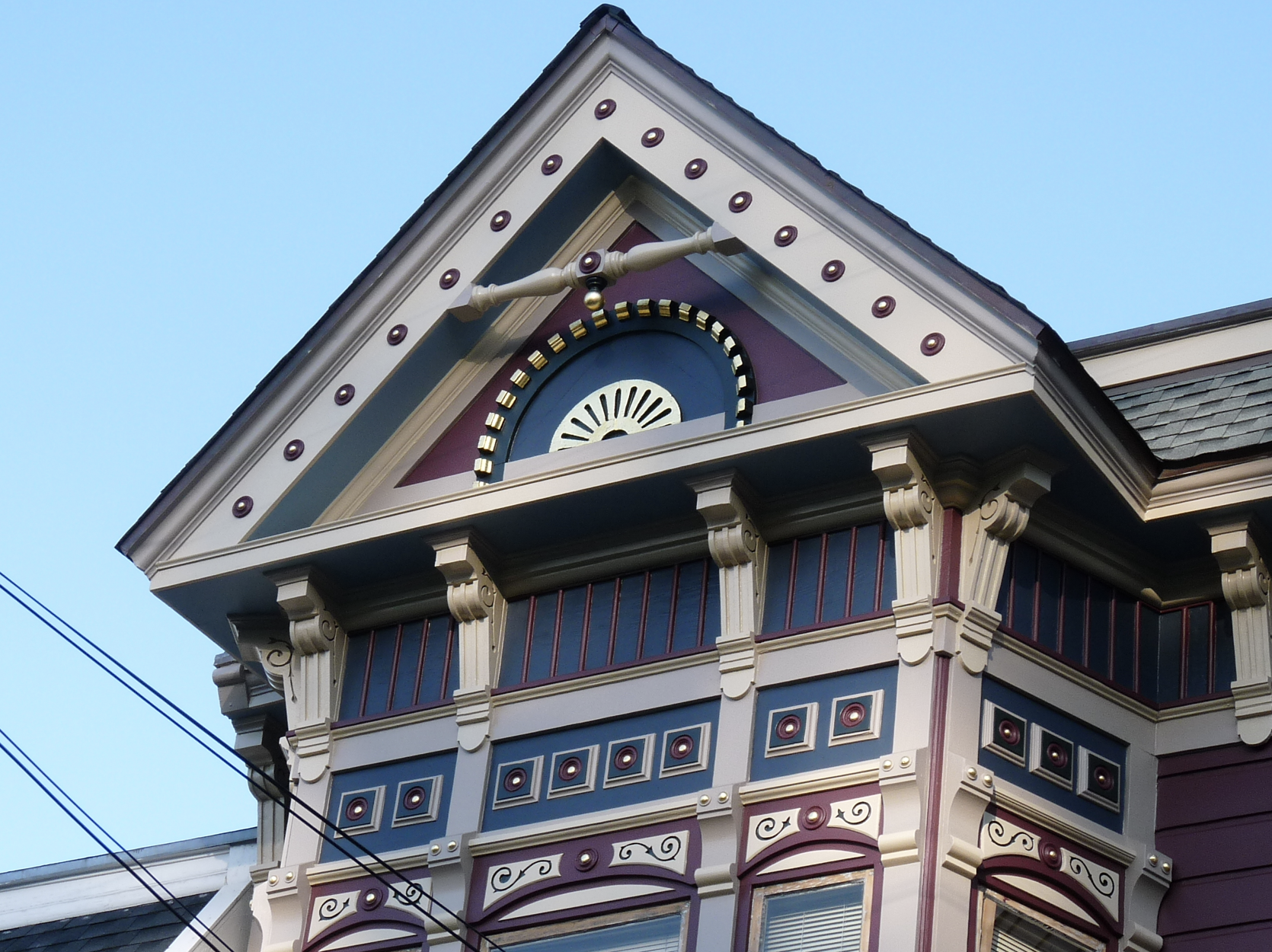The Painted Ladies of San Francisco

Ask any Californian to name the most iconic parts of the San Francisco Bay, and they might say: the Golden Gate Bridge, Alcatraz Island, Fisherman’s Wharf, or Chinatown. Perhaps lesser known, but just as unique to San Francisco: “that house from Full House”. Known by many names, such as Postcard Row, the Seven Sisters, or the Painted Ladies, this row of beautiful Victorian-style homes right in the heart of San Francisco has been popularized by appearances in Full House, The Brady Bunch, Nightmare on Elm Street, and more. Today, these homes hold deep significance due to their recognizability and long history in the city. s
Just this February, one of the houses on the row (third on the right above) was sold to Bay Area software developer Leah Culver. The final price of the home was $3.55M, and was listed as a ‘fixer-upper’, needing an additional $3M in renovations to restore the home (Business Insider). Culver says she’ll be sharing the whole renovation process online, and hopes to restore the home to its full original beauty. However, many of the other homes of this style are not so lucky. While San Francisco originally had 48,000 vibrant Victorian homes built between 1848 and 1915, the majority would later be trucked out of the city or demolished, and many of the remainder were just coated in dull grey overstock military paint during WWI & WWII. Bright colors made a return in the 1960’s-70’s during the Colorist artistic movement, and became an unmistakable piece of San Francisco’s local culture.
Today, the pendulum is swinging back towards plain grey, unobtrusive houses, according to a report in the San Francisco Chronicle. Many see the increase in stark grey houses as an invasion - A symbol of the rapidly gentrifying San Francisco, whose economic profile has been transformed by tech and other booming industries. One of those critics is Sergio De la Torre, a professor studying local housing in the Mission District of San Francisco. “Some people say [grey is] a neutral color, a non-color,” De La Torre said. “These words around the Mission, they mean a lot. You can’t be mute. You cannot be non-color. You have to see color. It’s a neighborhood of immigrants.” (San Francisco Chronicle).
Many are working to preserve what original painted ladies still exist. In the case of Culver’s fixer-upper Painted Lady, “It hasn’t been preserved, so I can’t keep preserving it,” she told Business Insider. However, she hopes to keep the home’s future design in line with its Victorian heritage. Bob Buckter, nicknamed “Dr. Color”, has worked for almost 50 years on Victorian homes in the bay area. He too hopes to continue the city’s vibrant history, and confessed to the Chronicle that “(Gray is) a mindless, thoughtless, insensitive, trendy, zero contribution color.”
 work of Bob Buckter, a.k.a. Dr. Color
work of Bob Buckter, a.k.a. Dr. Color
Today, the City of San Francisco doesn’t regulate the color of homes, even those on the National Register of Historic Places. However, adding the seven Painted Ladies on Steiner Street to the Register would be an important step in preserving a piece of bright color against the expanses of grey taking over San Francisco.
Sources: https://www.businessinsider.com/software-developer-san-francisco-painted-lady-house-renovation-2020-2 https://en.wikipedia.org/wiki/Painted_ladies https://www.sfchronicle.com/culture/article/Welcome-to-grayspace-San-Francisco-s-new-14493024.php#